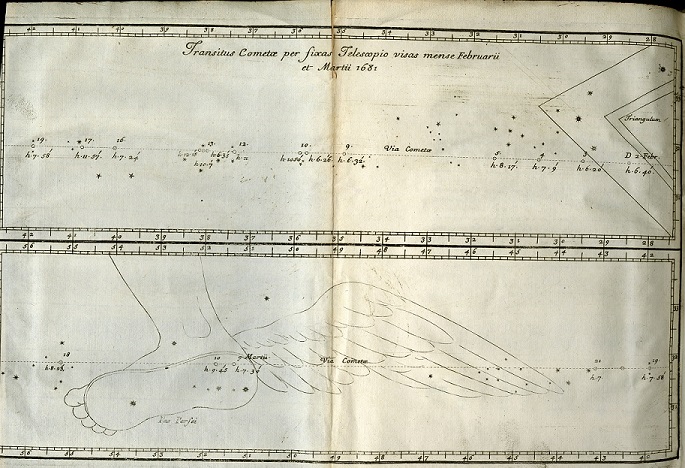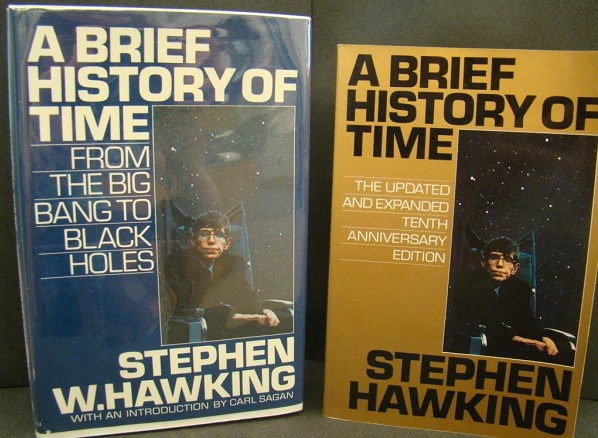From Astrology to Astronomy: Cassini Maps the Stars
Abregé des observations & des reflexions svr la comete qui a paru au mois de decembre 1680, & aux mois de ianveir, fevrier, & mars de cette Anneé 1681 was the first book I examined as I began working on the Provenance Project. It is an account of observations of the path of a comet recorded over several months. The author, Giovanni Domenico Cassini (also known by the French translation of his name, Jean-Dominque Cassini), was a 17th century astronomer. He was born in Italy but eventually moved to France where he became a citizen (Zimmerman, 2012). Cassini’s interest in astronomy derived from his study of astrology. He was appointed a position at the Panzano Observatory in Bologna and later became a professor at the University of Bologna. Cassini was known for many things including his observations of comets, planets, and orbital patterns.  He was also a knowledgeable mathematician and engineer (Zimmerman, 2012). He believed that the Earth was the center of the universe, which was reflected in his work. He was the first to calculate the rotation of Jupiter and Mars and to see the spots and moons of Jupiter. At the request of Louis XIV, Cassini moved to Paris to become head of the Paris Observatory where he made more significant discoveries such as finding four moons of Saturn and a gap in Saturn’s rings that has since been named the Cassini Division (O’Connor & Robertson, 2003). His son eventually took over his position at the Paris Observatory. Cassini started a family legacy of astronomers, and his influence continues to inspire scientists.
He was also a knowledgeable mathematician and engineer (Zimmerman, 2012). He believed that the Earth was the center of the universe, which was reflected in his work. He was the first to calculate the rotation of Jupiter and Mars and to see the spots and moons of Jupiter. At the request of Louis XIV, Cassini moved to Paris to become head of the Paris Observatory where he made more significant discoveries such as finding four moons of Saturn and a gap in Saturn’s rings that has since been named the Cassini Division (O’Connor & Robertson, 2003). His son eventually took over his position at the Paris Observatory. Cassini started a family legacy of astronomers, and his influence continues to inspire scientists.
RBMS’ copy of the book, Abregé des observations & des reflexions svr la comete qui a paru au mois de decembre 1680, & aux mois de ianveir, fevrier, & mars de cette Anneé 1681, is a beautiful book with its gilded, leather binding, decorative borders, and detailed illustrations. Some of the most fascinating parts of the book are the three foldouts. The first is a chart of the path of the comet with an illustration of a winged foot. The second is a map of constellations and stars. The third is another chart. The book was one of two works printed at E. Michallet, a publisher that appears to have specialized in scientific work, in that year (Open Library).

















Recent Comments